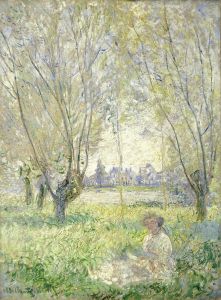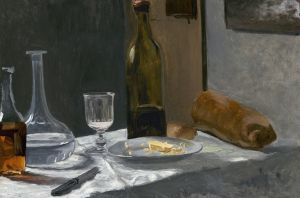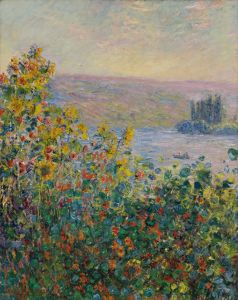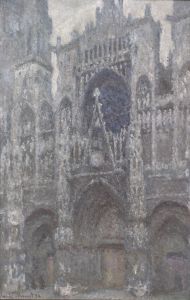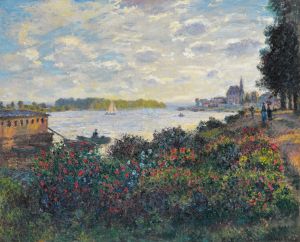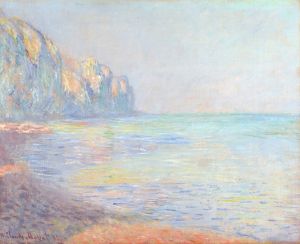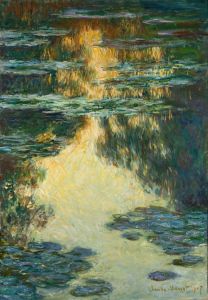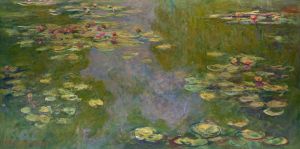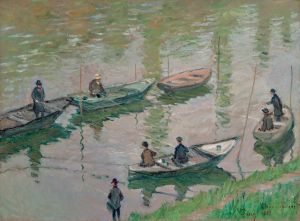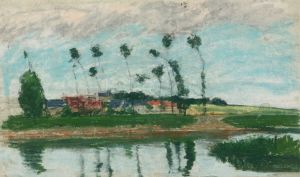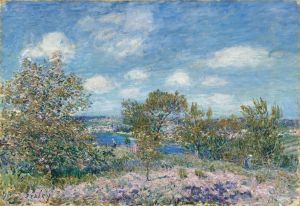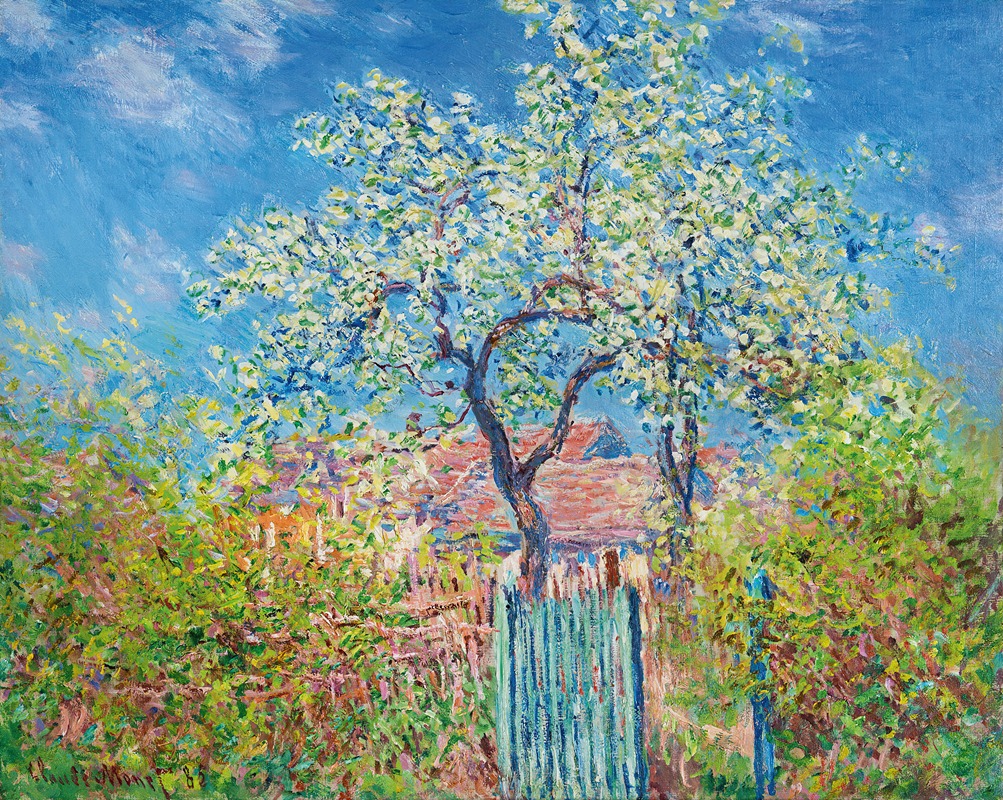
Poirier En Fleurs
A hand-painted replica of Claude Monet’s masterpiece Poirier En Fleurs, meticulously crafted by professional artists to capture the true essence of the original. Each piece is created with museum-quality canvas and rare mineral pigments, carefully painted by experienced artists with delicate brushstrokes and rich, layered colors to perfectly recreate the texture of the original artwork. Unlike machine-printed reproductions, this hand-painted version brings the painting to life, infused with the artist’s emotions and skill in every stroke. Whether for personal collection or home decoration, it instantly elevates the artistic atmosphere of any space.
Claude Monet's Poirier en Fleurs (Pear Tree in Blossom) is a painting created by the renowned French Impressionist artist in 1885. This artwork exemplifies Monet's dedication to capturing the transient effects of light and atmosphere in nature, a hallmark of the Impressionist movement. The painting depicts a blossoming pear tree, rendered with Monet's characteristic loose brushwork and vibrant color palette, which convey the vitality and freshness of springtime.
Monet painted Poirier en Fleurs during a period when he was living in Giverny, a small village in northern France where he settled in 1883. Giverny became a significant source of inspiration for Monet, and its gardens and surrounding landscapes frequently appeared in his works. The pear tree featured in this painting was likely part of the garden or orchard near his home, reflecting Monet's deep connection to his immediate environment.
The composition of Poirier en Fleurs highlights Monet's ability to focus on the interplay between light and color. The blossoms of the pear tree are depicted in soft whites and pinks, contrasting with the greens and blues of the surrounding foliage and sky. This use of color creates a sense of harmony and natural beauty, inviting the viewer to experience the scene as if standing before it. Monet's technique of applying paint in short, broken strokes enhances the impression of movement and the fleeting quality of the moment.
This painting is part of a broader series of works in which Monet explored the theme of flowering trees and orchards, a subject that allowed him to experiment with the effects of seasonal change and natural light. These works reflect his fascination with the cycles of nature and his desire to capture its ephemeral beauty on canvas.
Today, Poirier en Fleurs is held in a private collection and is not as widely known as some of Monet's other masterpieces, such as his water lily series or his depictions of the Rouen Cathedral. However, it remains an important example of his work during the mid-1880s, a period when he was refining his Impressionist techniques and deepening his engagement with the natural world.
As with many of Monet's paintings, Poirier en Fleurs demonstrates his ability to transform an ordinary subject into a luminous and evocative work of art, underscoring his status as one of the leading figures of the Impressionist movement.






